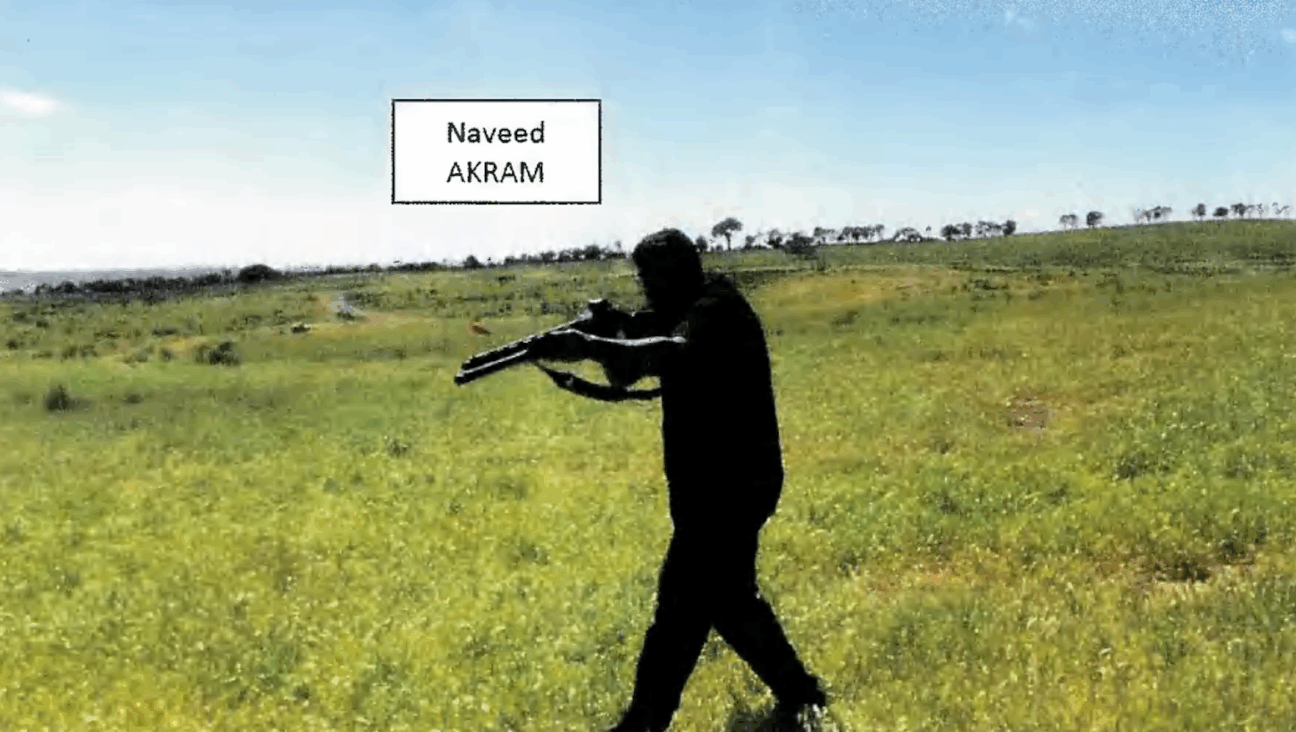Do Palestinian Long Faces Signal Breakthrough or Stalemate?

Image by getty images
It’s dangerous to read too much into body language on the television screen. Still, it was hard not to notice the contrast in demeanor between Israeli Justice Minister Tzipi Livni and Palestinian chief negotiator Saeb Erekat as they addressed the press conference after their first round of peace talks June 30 at the State Department.
Livni seemed ebullient, almost bouncy during her four-minute remarks. Erekat spoke barely a minute, looking funereal. Livni strove for poetry, ending with the words: “History is not made by cynics. It is made by realists who are not afraid to dream. And let us be these people.” Erekat’s words were more terse, particularly his signature line: “Palestinians have suffered enough.”
Now, any number of factors could have been involved. Maybe Erekat still had jet lag. Maybe Livni was happy to be back in the headlines after the near-death of her political career.
More likely, though, a bit of history was unfolding on their faces. These new talks catch the two peoples, Israelis and Palestinians, at very different stages in their respective histories. They’re reacting quite differently to the renewed negotiations and the prospect, however slight, of ending their long conflict. You might call it two emotional states for two peoples.
Diplomats speak of the painful compromises required of both sides to achieve peace, but the truth is, the pain won’t be distributed equally. Most Israelis have little emotional attachment to the territories they’ll have to vacate to make way for a Palestinian state. The reluctance expressed in their voting choices in recent years has more to do with mistrust of the Palestinians than spiritual connection to the soil.
True, the actual process of withdrawal will be traumatic, given the intense feelings of those who actually do feel attached — including the hundreds of thousands who live there. For most Israelis, though, it’s a worthwhile tradeoff. Current polls show 55% of Israelis would support any peace agreement the government negotiates.
The same can’t be said for Palestinians. They’ve traveled a long, bitter road to reach this moment. When Israel was created in 1948 through the partition of the land Palestinians called their own, they overwhelmingly rejected it. It was only 40 years later, in 1988, that the Palestine Liberation Organization voted to accept the United Nations partition plan, and another five years after that, in 1993, that they accepted the even narrower borders of the 1949 armistice lines. Since then they’ve insisted, in repeated rounds of negotiating and fighting, that that’s as far as they’ll go. The 1949 lines, better known as the pre-1967 borders, leave them with 22% of the original territory. They feel they’ve compromised enough.
In July 2000, Ehud Barak offered a bit more than 90% of that 22%. Yasser Arafat walked out, and an intifada erupted (although, less well known, talks continued after the walkout, ending only when Barak’s government fell). In 2008, Ehud Olmert offered what he called the equivalent of nearly 100% — the Palestinians argue the point — but other issues remained unresolved. Primary among them: the status of the Israeli West Bank city of Ariel, the disputed E-1 zone east of Jerusalem and the precise number of refugees to be repatriated to Israel in a symbolic “right of return.”
Leaked documents known as the Palestine Papers show that Palestinian leader Mahmoud Abbas and his top aides were discussing how to reply to Olmert’s offer, but events inter vened: Olmert resigned; his foreign minister, Tzipi Livni, failed to form a replacement coalition; new elections were called; and Israel’s Gaza incursion, Operation Cast Lead, froze all Israeli-Arab contacts that didn’t involve bullets.
In March 2009, following Israel’s elections, Benjamin Netanyahu succeeded Olmert. Claiming Olmert had given away too much, Netanyahu offered to sit and negotiate “without preconditions,” by which he meant starting over from zero. That’s where things got stuck.
Fast-forward to March 2013. John Kerry, energetic new secretary of state, charged quixotically into the deadlock. Palestinians still insisted they’d only return to the table if the talks picked up where they left off — that is, with a 1967 baseline. Netanyahu still refused. Somehow, in the face of worldwide skepticism and mockery, Kerry got them back to the table. Nobody knows exactly what he said to them, or heard from them, to make that happen. The question is, who blinked?
The smart money said the sides had agreed to come to Washington only to negotiate a new basis for negotiating, and that given their incompatible positions, that was doomed to failure. But on July 30, Kerry announced negotiations toward a permanent agreement.
Some insiders say Kerry gave Abbas a written American guarantee that the talks would be based on the 1967 lines, though Netanyahu couldn’t say so publicly. In some versions, Kerry also promised them the Arab neighborhoods of East Jerusalem for their capital. In those versions, Netanyahu received a parallel guarantee that Israel would be recognized as a Jewish state and that the Palestinians would declare an end to the conflict and all further claims. But it’s all speculation.
Some Israelis who know Netanyahu well say he’ll never accept anything like the 1967 lines and is merely playing for time. If that’s true, then either he lied to Kerry, in which case he’s risking a major crisis in U.S.-Israel relations next year, or Kerry didn’t give the Palestinians a 1967 guarantee, in which case their agreement to resume talks is inexplicable. But this, too, is all speculation.
And now comes the press conference. What did we learn? First, Kerry said publicly that the Arab League is behind what he’s doing. Given the complexity of Arab politics, that must mean that they’re heading toward something that can be passed off as the 1967 lines. Any other Israeli minister might have frowned at that, but Livni could smile: She accepted those borders in 2008. Expect some fireworks back home in Jerusalem in the coming weeks. Second, Kerry explicitly mentioned an “end of conflict” and “end of claims,” which means there’s an understanding of some sort on Palestinian refugees.
And Erekat’s long face? That’s a sign that the Palestinians gave up something big. But if it’s not the 1967 borders or refugees, then what? One possibility: Jerusalem. In semi-secret talks back in 1995, Abbas himself agreed to put the Palestinian capital in the village of Abu Dis, on the eastern slope of the Mount of Olives, and call that their Jerusalem. Could the Arab League buy into that — with, say, a land bridge to the Temple Mount? Could Bibi?
Contact J.J. Goldberg at [email protected]

















